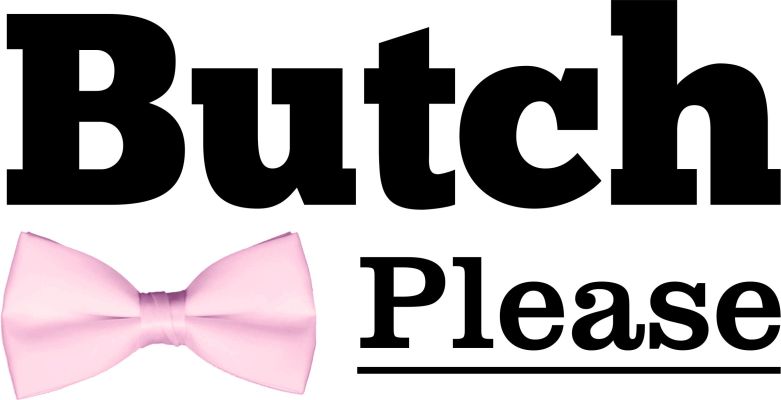In 2007, I was involved in a very minor car accident. I still got whiplash, though. WAD-1, it’s called: Whiplash Associated Disorder, level 1. The doctor who examined me told me to ice my neck, and gave me a short prescription for a muscle relaxant. Cyclobenzaprine. The pain got to be pretty intense, and the drugs made me woozy enough to pass out, so it was a rough few weeks after that.
I was hardcore into Taekwon-do at the time, and had taken a break to recover from my injury. As soon as I started to feel better, I started training again. In the middle of class one night, a move I’d done hundreds of times before went wrong. Something in my back hurt. A lot. I was frozen in pain as the class continued around me, until a friend noticed and helped me off the training floor.
That sharp pain in 2007 formed a muscle knot in my lower back to the left of my spine – a lump which remains in my back to this day. It varies in size, and on good days is pretty hard to find. On bad days, it’s the size of an egg and super painful.
And so began my struggle with myofascial pain syndrome, a chronic pain condition involving the muscles (myo) and muscular connective tissue (fascia). The basis of the pain comes from trigger points – basically “knots” in the muscle – that can spasm painfully, and can even create pain in other areas of the body, known as referred pain.
It started in my back, but it spread. You might have experienced something similar; you’ve got soreness in one part of your body, so you compensate – maybe you limp, or you use your non-dominant hand – which creates a stress on the compensating portion of your body. Or your shoulders hurt, and then your neck gets sore, and then you get a headache. My pain moved. Trigger points spasming in my lower back made my midback develop trigger points, and then my shoulders and neck (already primed by the previous whiplash injury).
Cyclobenzaprine stopped working. I was in a lot of pain, almost all the time. It put my stress levels through the roof. What I didn’t realize at the time was how heavily my stress levels would impact my condition.
Relationship problems with my boyfriend at the time set off pain in my hips for the first time, and at twenty-years old, I developed devastating sciatica. It wasn’t long before I needed a cane to walk, and soon needed help to be on my feet at all. I had x-rays, an MRI, and a bone scan. I tried numerous different medications. I saw doctor after doctor, but it was still a mostly unknown condition at the time, even on the internet. I ordered what books I could and kept searching for answers.

People tend to think that if you are in pain all the time, you must have a high pain tolerance. It’s actually the opposite that is true. The longer you are in pain, the lower your tolerance gets. I quit working full-time. I tried acupuncture. I tried physiotherapy. I tried hot yoga. I tried dry-needling. I had deep-tissue massages two and three times a week just to maintain what little mobility I had. The only parts of my body that did not have knots were my face, my feet, and my hands.
I got pretty depressed. I had to give up my job, I failed classes in university, I had to stop Taekwon-do. Every good thing in my life was being taken from me, and I was in pain all the time.
The turning point was leaving the troubled relationship I was in at the time. The stress from that alone was actually causing a large portion of my pain. Only weeks after my break-up, I had better mobility in my hips and my overall pain levels decreased. Things started getting better. I still needed medication and a cane on bad days, but better days meant I was able to start working full-time.
I got a job where I didn’t have to sit all day or stand too long, and things got better still. Once my muscles had relaxed enough to start moving again, moving did good things for me. I started doing martial arts again, and I got to a place I had only desperately wished for at my worst moments. I still had to take about a day off once a month or so when my condition flared up to crippling levels, but I was miles ahead of where I had been.
Gradually, more and more information became available on the internet. I was constantly learning new things about my body – how much activity was too much, that heat and humidity made me limber, and stress and the cold seized me up. I always have more pain flare ups during the winter. Learning to manage my pain condition gave me control of my life back. Not being in intense pain all the time also gave my mood a huge boost!
Then I saw a specialist, a physiatrist – a doctor specializing in physical medicine. It was too late, though! He told me he was usually only able to help patients get their everyday pain levels down about three or four points on a ten point scale.
I have felt ten out of ten pain. The first time was when I was having bad sciatica, and I was crying and screaming. My parents wanted to take me to the hospital, but we all knew there was nothing they could do but pump me full of drugs. So I rode it out. That was my worst day. It’s gotten to that point only a few times, thankfully. But that’s not to say my day-to-day pain was tolerable. There was about a year where my daily pain level was usually at about a seven out of ten. By the time I saw the physiatrist, my day-to-day pain usually hovered around a two or three. I had already achieved the long-term management that he was supposed to help with.
From there, I saw a physiotherapist he recommended. I learned about how my body and brain, as someone who deals with chronic pain, interprets pain over time. I was given a few different stretching routines that take about half an hour to complete total. I stretched every day, several times a day, and it made a world of difference. I got down to needing a deep tissue massage only once every three weeks.
At this point in the story, I had started my current job. That was almost five years ago. I have gone from needing a day off almost every month to account for a pain flare-up to where I am now: I don’t actually remember the last day I took off on account of pain. There have been days when I limped through this job, yes. I have even brought my cane to work. But I was able to get out of bed, and I was able to work. You used to not be able to walk, I tell myself. Be grateful for this pain, this is nothing.

Bad pain days still come along. It’s usually a sign that I have stress that I am ignoring. It makes me pay attention pretty fast! I won’t say I’m not in pain anymore; there’s almost always something that’s hurting. My day-to-day pain levels are pretty background now. Back when things were bad, I had to sleep with two heating pads, a bolster under my knees, and a special cervical pillow. I had to use a motorized scooter to get around my school – my current physical condition felt like a fantasy in those days. It’s been a long road of hard work and persistence to get to where I am.
Now I run a shipping department as my day job, in the industrial sector of west Edmonton. It’s a small-ish company – there’s less than thirty people employed – and I’m one of two women who regularly work inside the manufacturing plant area. My job requires me to drive more than one kind of forklift, and carry around some pretty heavy stuff at times. Being a woman, especially with so many men around, obviously leads to some interesting things said to or about me.
One courier nicknamed me “Muscles” after I helped him carry some heavy bins out to his truck. I get a lot of comments on my skills driving any of the different forklifts – usually it’s in comparison to the skills of men. I have even been told that carrying heavy boxes is bad for my health as a woman, and I’ve been instructed – quite firmly – that certain things are just too heavy for me, and I’m not to lift them. Despite, of course, lifting upwards of 100 lbs being a regular part of my job.
The feminist in me is rankled, usually on a daily basis, by some well-intentioned comment – mostly by men, but occasionally by older women. When a truck driver asks for my assistance to carry something, and I can just pick it up on my own and put it in his truck, his look of shocked disbelief sometimes echoes my own. Am I really doing this? Can I actually lift this much weight, and carry it with my own body?!
News Flash: I’m not “better than most men” at driving a forklift. I’m just straight up good at driving a forklift. You don’t have to warn me that a box full of bearings is heavy. You wouldn’t warn me if I was a guy the same size. It’s my job. Please recognize that I wouldn’t still be employed in my position if I was unable to do the work involved. It drives me crazy to impress and be applauded for doing things that women all over are doing every day. Why is it still surprising?
Nobody I work with saw me at my worst. But they aren’t disbelieving because eight years ago I could barely walk, they’re disbelieving because I’m a woman.
But a small part of me still likes it when that one courier calls me “Muscles”. I smile when guys tell me I should teach classes on how to drive a forklift. I’m proud of what I can do now. It feels good to know exactly how far I’ve come. But it’s problematic, because in the end when they say these things, it’s because I’m a woman.
I just like to think it’s because I’m a badass.

Author
Want to keep Butch Please (mostly) ad-free? Leave a tip for our hard-working writers.


